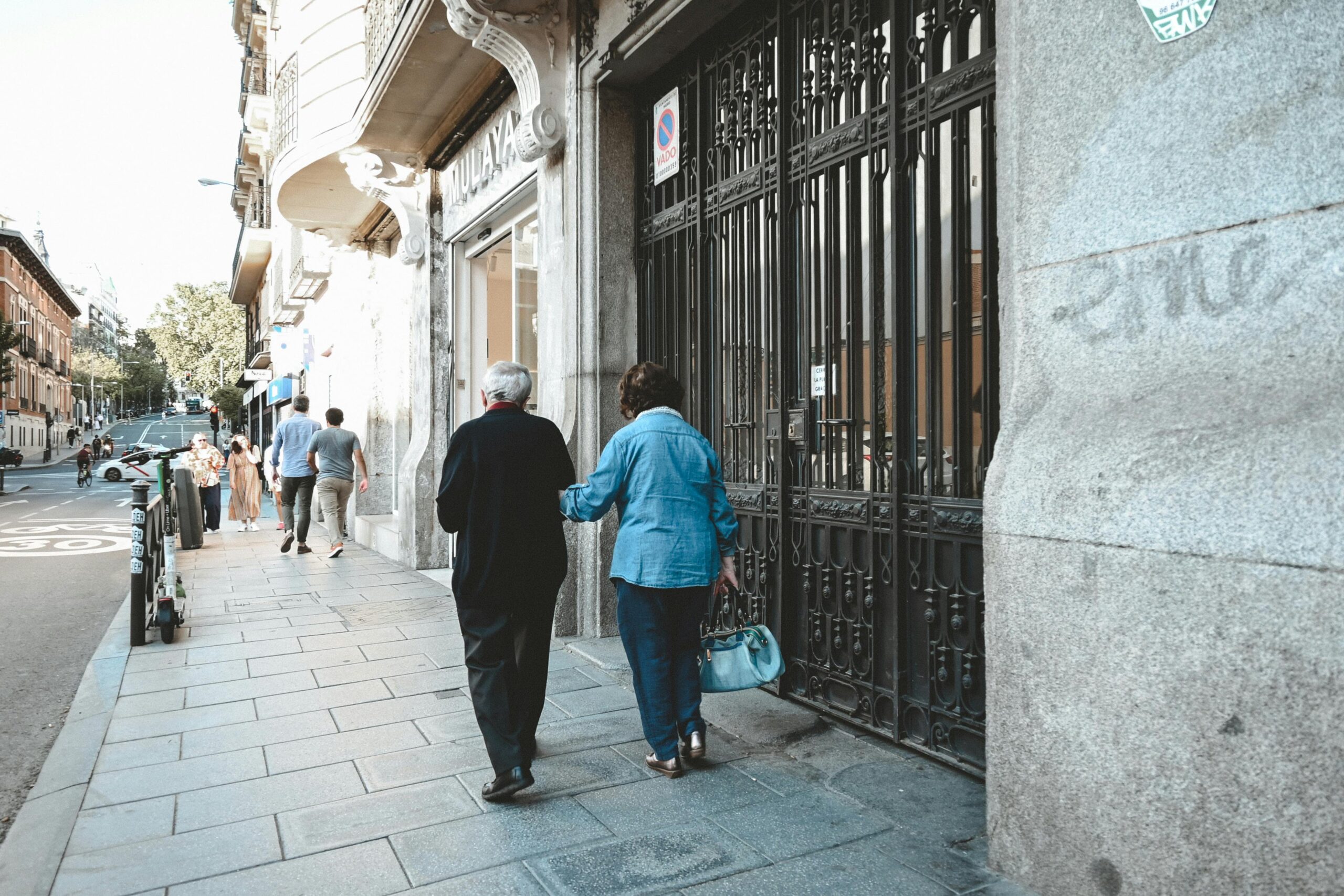As life expectancy rises globally, cities play a crucial role in supporting healthy ageing for their residents. Urban environments can significantly influence physical health, mental well-being, and social inclusion, which are vital for the well-being of older adults. Cities that prioritize age-friendly design and policy can enhance quality of life, encourage active lifestyles, and promote independence among the elderly population. This article explores the literature on how urban design can contribute to healthy ageing.
Physical Health and Mobility
Urban design can substantially impact the physical health of older adults. Walkable neighborhoods, characterized by pedestrian-friendly infrastructure such as wide sidewalks, safe crossings, and accessible public transportation, encourage physical activity. This is crucial as regular physical activity helps prevent chronic conditions like heart disease and arthritis, which are prevalent in older populations (World Health Organization [WHO], 2015). According to Sallis et al. (2016), well-designed urban environments that promote walking and cycling are associated with lower obesity rates and improved cardiovascular health.
Moreover, cities equipped with accessible parks and recreational areas provide spaces where older adults can engage in physical activities, which are essential for maintaining muscle strength and flexibility. This access to green spaces not only promotes physical health but also enhances mental well-being through exposure to nature, reducing stress and improving mood (Sugiyama et al., 2008).
Social Engagement and Community
Social connectivity is integral to healthy ageing, and urban environments can greatly facilitate this through community-oriented designs and inclusive public spaces. Loneliness and social isolation are significant issues that affect mental and physical health in older adults (Holt-Lunstad et al., 2015). Urban designs that prioritize social spaces such as community centers, plazas, and communal gardens can encourage interaction and promote a sense of belonging within urban communities (Gehl, 2011).
Ensuring accessibility through well-planned transport systems allows older adults to maintain independence and engage more actively in their communities. The availability of public transportation options is directly correlated with increased social participation for the elderly, by providing them with the means to attend social events and access necessary services (Musselwhite, 2017).
Housing and Safety
Age-friendly cities must also consider the housing needs of older adults. Affordable and adaptable housing designs that accommodate the changing needs of ageing individuals are essential. Multi-generational housing options, which allow for extended families to live together, can provide both social and economic benefits (Lawton & Simon, 1968). Furthermore, utilizing universal design principles can help ensure that homes are safe and accessible for those with mobility challenges.
Safety in neighbourhoods is another critical component. Adequate street lighting, traffic calming measures, and neighborhood watch programs can reduce the risk of accidents and increase the sense of security among older residents (Lui et al., 2009).
Urban Policies and Initiatives
Policymakers play a fundamental role in promoting healthy ageing through age-friendly urban policies. The World Health Organization’s Age-Friendly Cities framework provides a comprehensive guide on how urban areas can adapt to meet the needs of their ageing populations. This includes creating policies that promote accessibility, social inclusion, and age-related health services (WHO, 2007).
Cities like Copenhagen and Tokyo serve as exemplary models of age-friendly urban planning, integrating comprehensive transportation networks, accessible public spaces, and robust healthcare infrastructure catered specifically to older adults (Buffel et al., 2012).
References
Buffel, T., Phillipson, C., & Scharf, T. (2012). Ageing in urban environments: Developing age-friendly cities. Critical Social Policy, 32(4), 597-617. https://doi.org/10.1177/0261018311430457
Gehl, J. (2011). Life Between Buildings: Using Public Space. Island Press.
Holt-Lunstad, J., Smith, T. B., Baker, M., Harris, T., & Stephenson, D. (2015). Loneliness and social isolation as risk factors for mortality: A meta-analytic review. Perspectives on Psychological Science, 10(2), 227-237. https://doi.org/10.1177/1745691614568352
Lawton, M. P., & Simon, B. (1968). The ecology of social relationships in housing for the elderly. The Gerontologist, 8(2), 108-115. https://doi.org/10.1093/geront/8.2.108
Lui, C.-W., Everingham, J.-A., Warburton, J., Cuthill, M., & Bartlett, H. (2009). What makes a community age-friendly: A review of international literature. Australasian Journal on Ageing, 28(3), 116-121. https://doi.org/10.1111/j.1741-6612.2009.00355.x
Musselwhite, C. (2017). Public and private transport: Meeting the needs of older people. In J. Robertson & G. C. Halford (Eds.), International Handbook of Active Ageing and Longevity (pp. 403-422). Springer.
Sallis, J. F., Cerin, E., Conway, T. L., Adams, M. A., Frank, L. D., Pratt, M., et al. (2016). Physical activity in relation to urban environments in 14 cities worldwide: A cross-sectional study. The Lancet, 387(10034), 2207-2217. https://doi.org/10.1016/S0140-6736(15)01284-2
Sugiyama, T., Leslie, E., Giles-Corti, B., & Owen, N. (2008). Associations of neighbourhood greenness with physical and mental health: Do walking, social coherence and local social interaction explain the relationships? Journal of Epidemiology & Community Health, 62(5), e9. https://doi.org/10.1136/jech.2007.064287
World Health Organization (WHO). (2007). Global Age-friendly Cities: A Guide. World Health Organization.
World Health Organization (WHO). (2015). World report on ageing and health. World Health Organization. Retrieved from https://apps.who.int/iris/handle/10665/186463
